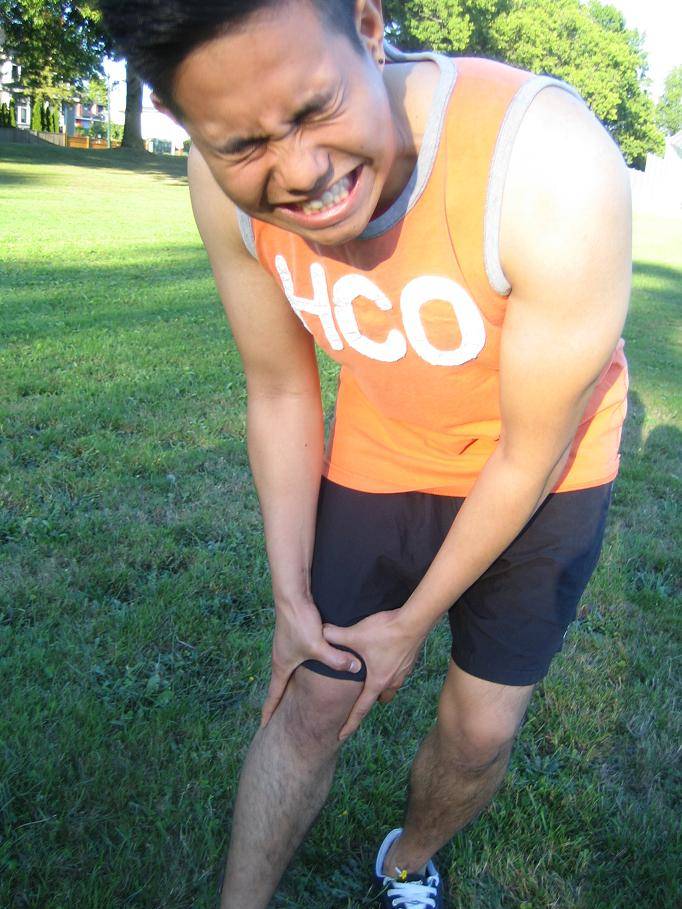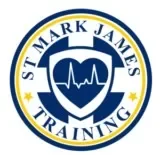When bandaging injuries, you must be familiar with how to do it correctly when providing first aid. Let us take a look at techniques on how to bandage an injury.
Face
When an injury occurs on the face, the initial step is to clean the site with water to remove any debris and dirt as well as lower the risk for infection. Control bleeding by placing direct pressure with sterile gauze. For injuries on the face, a small adhesive strip will work well. If the cut is deep, jagged, or longer than a half-inch, it would require stitches.
Blisters
If a blister occurs in an area that is likely to get rubbed such as the sole of the foot, protect the site with a soft dressing to cushion it. For a blister that has drained, cover it with a bandage.
Sprains and strains
Aside from applying ice, wrap the area with an elastic compression bandage and keep it elevated, if possible.
Minor burns
For a minor burn at home, flush the site under cool, running water. After rinsing, dab a thin layer of antibiotic ointment and bandage the site. A non-stick dressing is a preferred choice and you need to place tape to secure the dressing in place.
Open cuts
If the edges of a cut are separated but will go together, use a butterfly bandage to close the wound. Position this type of bandage across the cut. For a long wound, more than one bandage might be used.
Scraped elbows or knees
When an elbow or knee has been scraped, use larger-sized bandages or adhesive bandages with wings. Another option is a liquid bandage.

Wounds on the knuckles, heels, and fingers
Since fingers, knuckles, and heels move, covering them can be a challenge. Bandages with an hourglass shape or notched with an “H” shape can prevent folding and bunching.
Large scrapes
When a scrape covers a wide area, it must be kept moist to ensure proper healing. The best option is occlusive bandages.
Wounds on hands or feet
Since the hands and feet are easily exposed to dirt, any wounds must be covered. For small cuts, adhesive strips are the best choice but change them if they get wet or dirty.
LEARN MORE
Learn how to help those in need by enrolling in a first aid class and for more information, check out these sources:
Mayo Clinic – First Aid: Comprehensive Guide to Emergency Care
Wikipedia – First Aid: Overview and Information
WebMD – Bleeding, Cuts, and Wounds: First Aid Tips and Treatment

